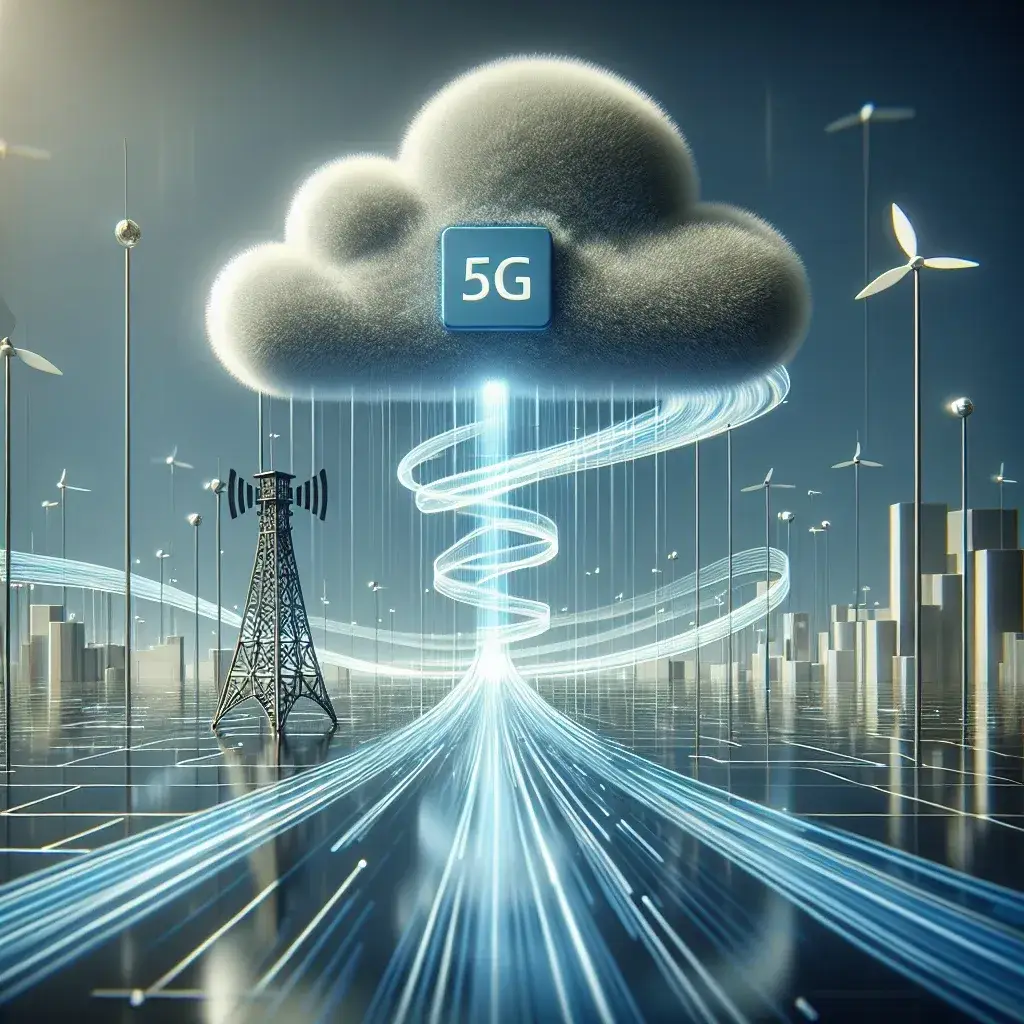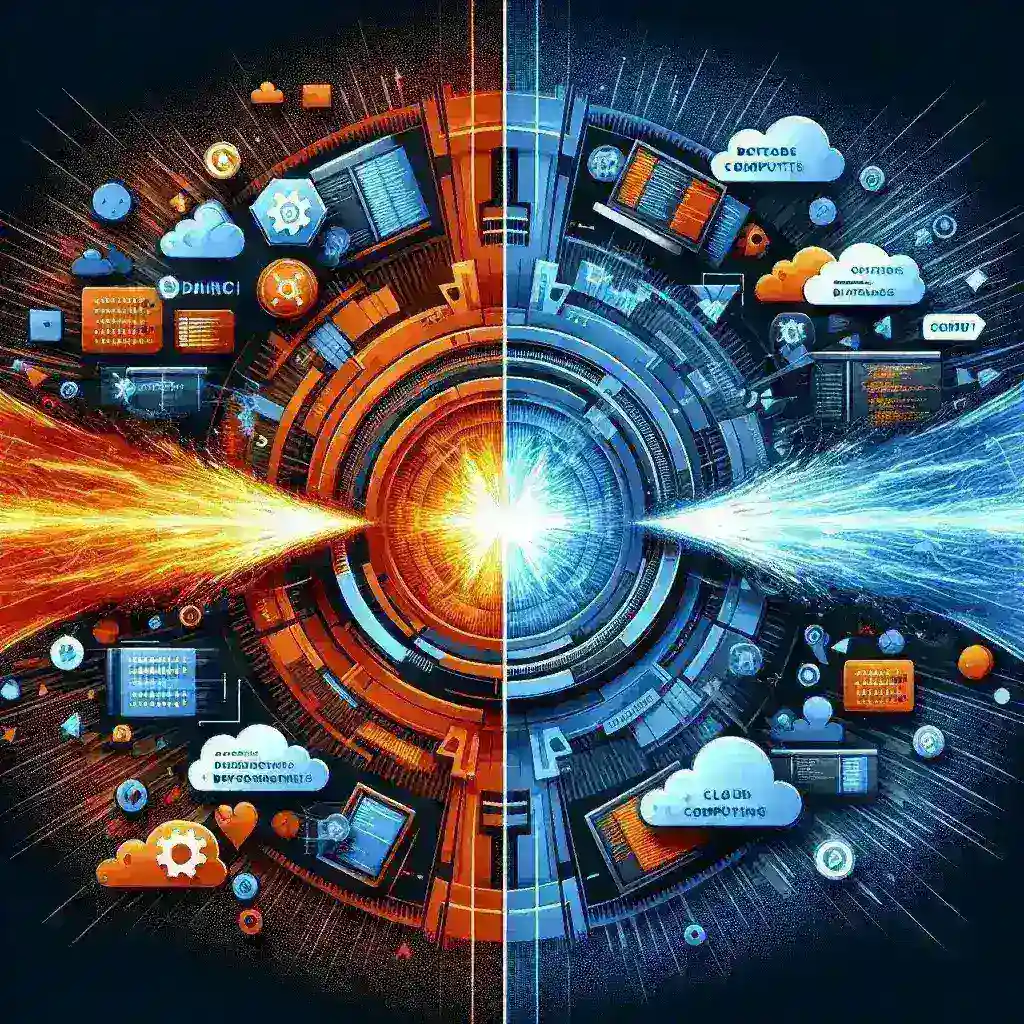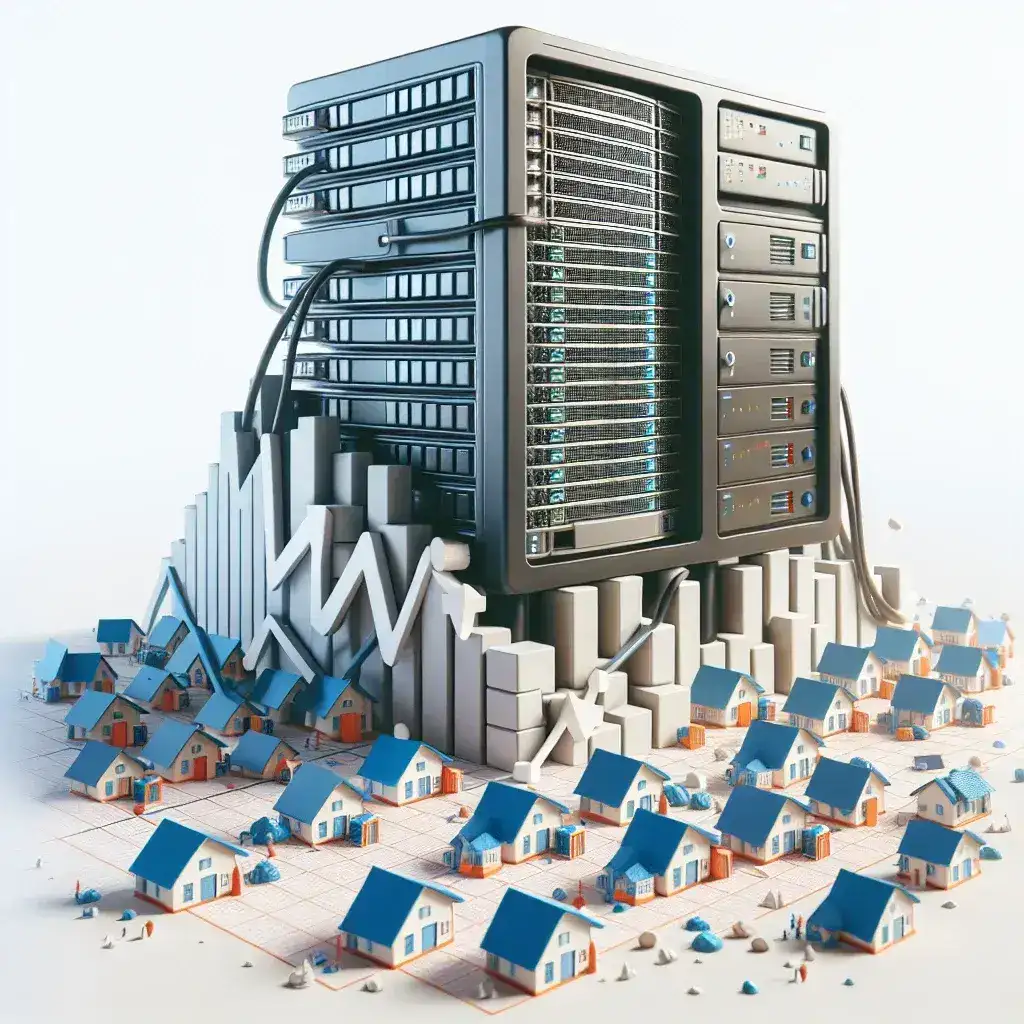Understanding 5G Infrastructure
5G, or fifth-generation wireless technology, represents a significant leap in mobile network capabilities. It offers faster speeds, lower latency, and the ability to connect a vast number of devices simultaneously. This enhancement over previous generations makes 5G a game-changer for various industries, particularly in how they leverage cloud computing.
The Essence of Cloud Serverless Computing
Cloud serverless computing allows developers to build and run applications without the hassle of managing server infrastructure. Instead, the cloud provider automatically handles the operational aspects, enabling developers to focus on writing code. This approach enhances scalability and reduces costs, as businesses only pay for the resources they actually use.
How 5G and Cloud Serverless Integrate
1. Enhanced Connectivity
The integration of 5G infrastructure with cloud serverless computing leads to enhanced connectivity for IoT devices and applications. With 5G’s low latency and high bandwidth, data can be transmitted quickly to cloud servers, allowing for real-time processing and analytics.
2. Improved Performance
Applications hosted on a cloud serverless platform can take full advantage of 5G networks, resulting in improved performance. For instance, applications that require real-time data processing, such as autonomous vehicles or telemedicine, benefit significantly from this integration.
3. Scalability and Flexibility
5G networks can support a massive number of connections, enabling businesses to scale their applications effortlessly. Coupled with cloud serverless solutions, organizations can increase or decrease their resources based on demand without worrying about underlying infrastructure.
Benefits of Integrating 5G with Cloud Serverless
- Cost Efficiency: Reduced operational costs, as businesses only pay for the resources utilized.
- Agility: Rapid deployment of applications without the need for complex infrastructure setup.
- Real-Time Processing: Enhanced capabilities for applications that require immediate data processing.
- Expanded Reach: Improved accessibility for users across different locations, thanks to 5G’s extensive coverage.
Challenges to Overcome
While the synergy between 5G and cloud serverless computing offers significant advantages, several challenges must be addressed:
1. Security Concerns
As with any technological advancement, security remains a paramount concern. The increased number of devices connected via 5G raises potential vulnerabilities in data transmission and storage.
2. Infrastructure Costs
Implementing 5G infrastructure can be costly, particularly for providers who must upgrade existing systems to support the new technology.
3. Regulatory Hurdles
Different regions have varying regulations regarding wireless technology, which can complicate the deployment of 5G networks.
Future Predictions
The future of 5G and cloud serverless integration holds transformative potential across numerous sectors:
1. Smart Cities
As urban areas increasingly adopt smart technologies, the combination of 5G and cloud serverless computing will facilitate real-time data collection and analysis, enhancing city management and services.
2. Healthcare Innovations
Telemedicine and remote patient monitoring will become more efficient with 5G, allowing healthcare providers to leverage cloud serverless technologies for better patient outcomes.
3. Enhanced Gaming Experiences
With ultra-low latency, 5G will elevate cloud gaming experiences, enabling more immersive and interactive gameplay.
Conclusion
The integration of 5G infrastructure with cloud serverless computing is poised to revolutionize how businesses operate, enhancing efficiency, scalability, and performance. While challenges remain, addressing these issues will pave the way for a future where technology seamlessly integrates with everyday life.




